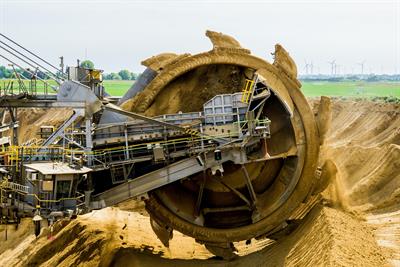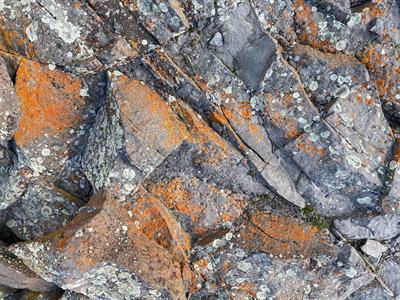
PUMPA - SMART LEARNING
எங்கள் ஆசிரியர்களுடன் 1-ஆன்-1 ஆலோசனை நேரத்தைப் பெறுங்கள். டாப்பர் ஆவதற்கு நாங்கள் பயிற்சி அளிப்போம்
Book Free DemoMinerals:
- A mineral can be a single compound or a complex mixture of different metal combinations found in the earth.

Different types of minerals
Ore:
- An ore is a mineral that can be readily and economically extracted on a large scale.

Ore extracted from quarry
All ores are minerals; But all minerals are not ores. Why?
- We can commercially extract metals from all ores, which are minerals. However, not all minerals are ores, as some contain unwanted components.
For example, Clay (Al_2O_3.2SiO_2.2H_2O) and Bauxite (Al_2O_3.2H_2O) are aluminium minerals, but we can profitably extract aluminium only from bauxite. Hence, bauxite is an ore of aluminium, and clay is its mineral.
Mining:
- Mining is the process of extracting ores from the earth's crust.

Ores in mining process
Gangue or Matrix:
- Gangue or matrix refers to the rocky impurity associated with an ore.

Rocky impurity
Flux:
- The substance is added to the ore to decrease the fusion temperature and remove the impurities.

Flux (chemical substance) adding
For example, Calcium oxide is basic; Silica is acidic.
If the gangue is acidic, then basic flux is added and vice versa.
Slag:
- Slag is a fusible product produced when a flux combines with a gangue during metal extraction.
- Flux + Gangue → Slag
Smelting:
- Smelting is the process of decreasing the roasted metallic oxide from the molten metal.

Copper smelting process
The addition of flux to this process removes impurities as slag.